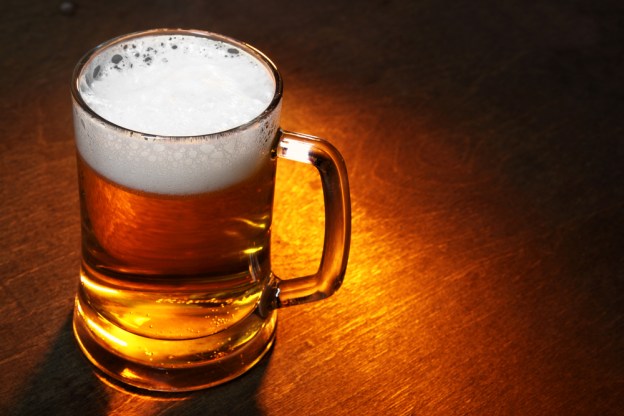
As any wizened beer-drinker knows, lager beers were first created in Bavaria in the early 1400s. Since that time, scientists and other researchers have been unable to discover the origin of the specific kind of yeast that is essential to brewing lagers. Until now.
An international team of researchers, led by University of Wisconsin-Madison professor Todd Hittinger and Diego Libkind of the Argentinean National Council for Scientific and Technical Researcher in Bariloche, Argentina, have discovered that the missing ancestor to lager yeast actually came from the forests of Patagonia, in South America — about 7,000 miles from Bavaria, the location of modern-day Germany.
“Our collaborators sampled strains on five continents, and this was the one clear match,” said Hittinger. “They’re extremely prevalent in the beech forests of Patagonia, but we haven’t found them elsewhere.”
The yeast used to brew lagers — a type of beer that’s brewed and stored cold — is known by the scientific name Saccharomyces pastorianus. A hybrid yeast, S. pastorianus comes from two parent yeasts: The first, which scientists discovered in the 1980s, is called Saccharomyces cerevisiae, and is itself often used for brewing and baking. The second parent to S. pastorianus is the newfound Patagonian yeast, which Hittinger and team have dubbed Saccharomyces eubayanus.
The S. eubayanus yeast was discovered by Libkind in galls, a structure that forms as a result of fungal infections, on the surface of Patagonia beech trees. The forests of Patagonia are quite chilly, only about 39° to 48° Fahrenheit, which helps explain why it’s possible to brew lager beer at colder temperatures than other alcoholic beverages, which are generally brewed and stored at between 59° and 77° F.
What remains a mystery — and will likely always remain a mystery — is how the yeast arrived in Bavaria from Patagonia. Bavarian brewers began making the crisp-tasting lager well before Christopher Columbus traveled across the Atlantic. And a variety of experts agree that it’s unlikely the S. eubayanus strain of yeast arrived on a boat.
“We all know that in 1492, Columbus sailed the ocean blue,” said geneticist Gavin Sherlock, of Stanford University, who spoke with the Los Angeles Times. “Lager was invented in the 1400s. It’s not really clear how that progenitor would have gotten from South America to Europe.”
Of course, there’s always the possibility that the study is wrong, and that the origin of lager yeast actually came from Europe, but has since gone extinct.
“It certainly could have existed somewhere else,” says Hittinger. “Just because somebody hasn’t found it doesn’t mean it doesn’t exist.”
[Image via Roman Sigaev/Shutterstock]


